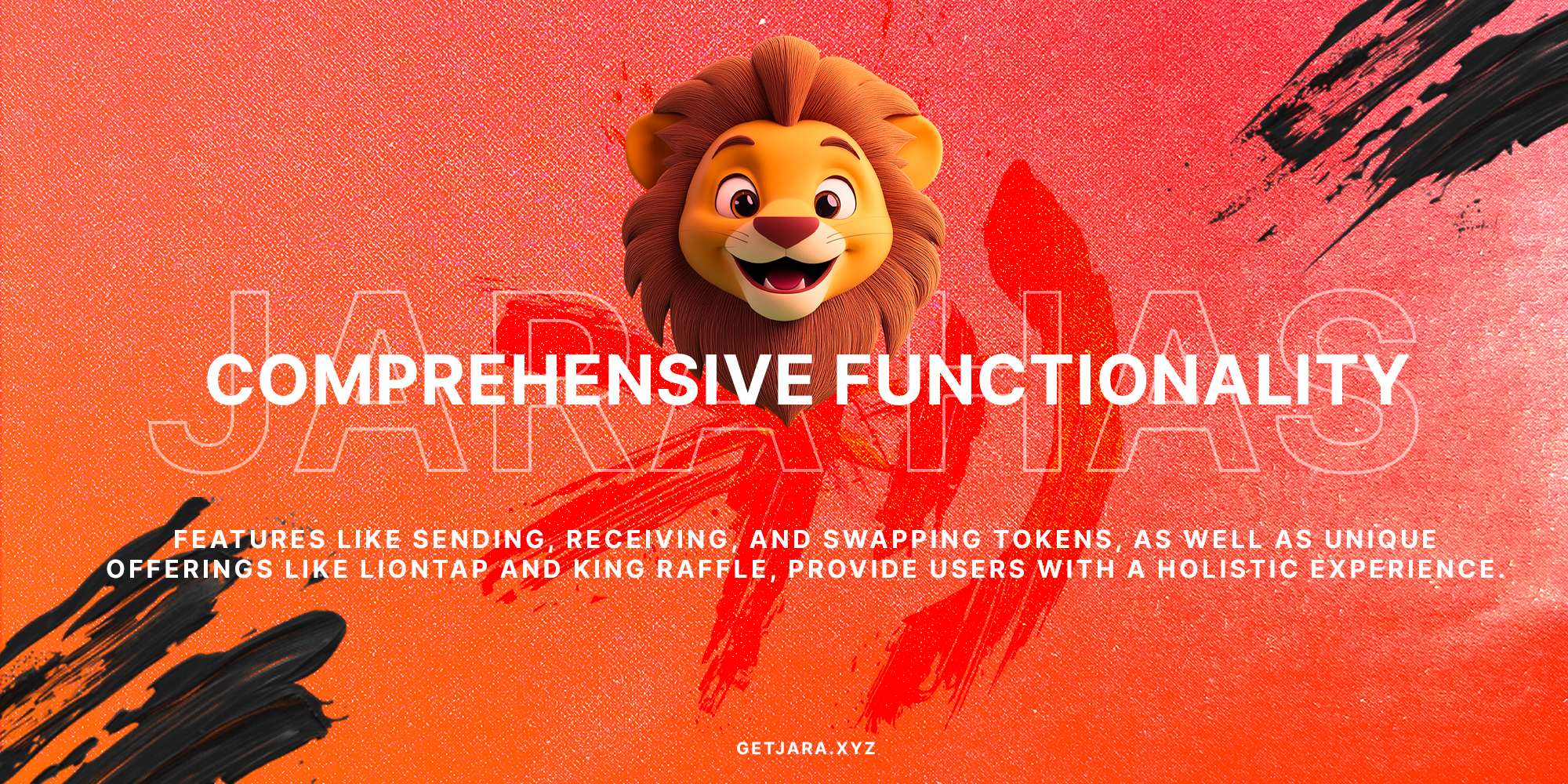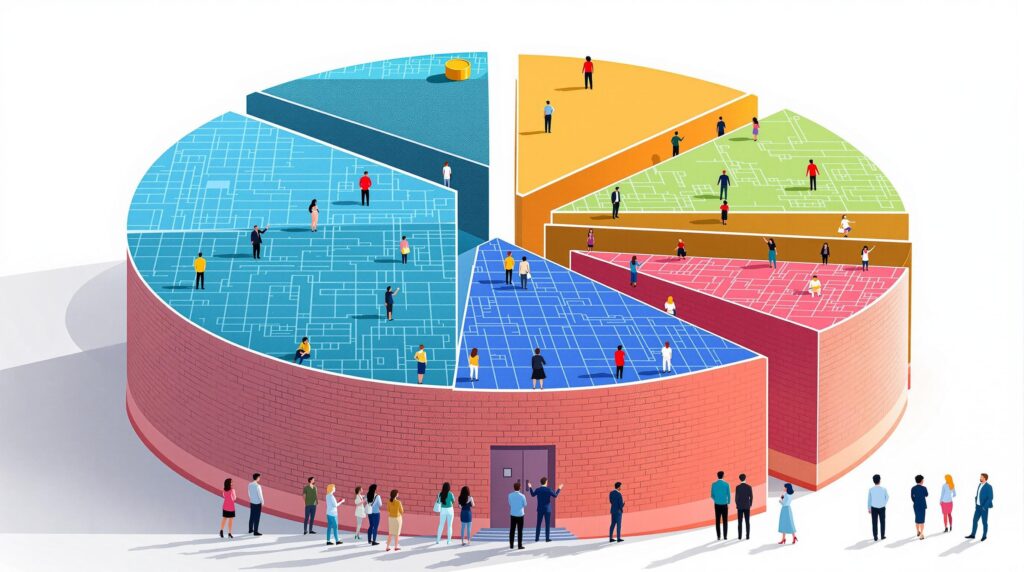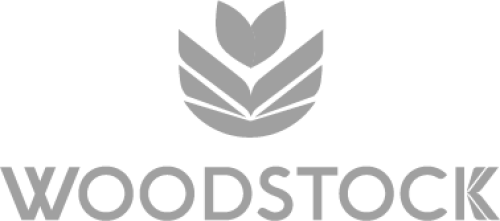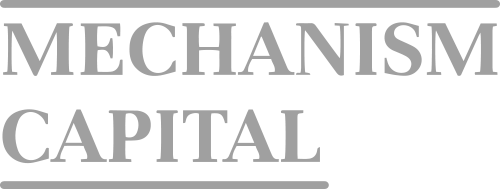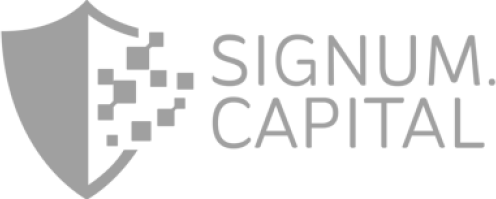Understanding the Concept of Tokenizing Real-World Assets
Tokenizing Real-World Assets (RWA) involves converting traditional or physical assets into digital tokens on a blockchain. This transformative process uses blockchain’s decentralized nature to allow fractional ownership and digital trading. From real estate and art to commodities, tokenization is changing how these assets are managed and making them more accessible to a variety of investors.
The Basics of Tokenization
What’s the main goal here? Simply put, it’s to increase liquidity, make assets more accessible, and boost efficiency. When you tokenize an asset, you’re opening up its potential for easier trading and management. Blockchain technology keeps these assets secure and unchangeable, which is a big draw for investors of all kinds.
What is Tokenization? Tokenization is the process of converting rights to physical or traditional assets into digital tokens on a blockchain, facilitating easier management, trading, and ownership.
So, how does this practically work? Imagine you’re investing in real estate. Instead of needing piles of paperwork and middlemen, tokenization allows you to hold a digital token representing parts of that property. It’s as if that building or land is now a jigsaw puzzle, and you can own one or several pieces!
Why tokenize assets at all? The benefits go beyond just skipping paperwork. Digital tokens can be traded faster—in fact, almost instantly—improving asset liquidity significantly. Imagine being able to sell your tokens, similar to stocks, in a matter of moments, and you can see why liquidity is a keyword in tokenization.
Why Tokenize Assets? Tokenization offers increased liquidity, faster transactions, and reduced need for intermediaries, making the management of real-world assets more efficient.
Additionally, by using blockchain technology, every transaction and ownership change is recorded in a transparent and untamperable ledger. This level of transparency builds trust among participants, ensuring the integrity of the process.
Tokenization doesn’t just stop at physical assets like real estate or commodities. It extends to digital assets as well, paving the way for new investment opportunities. For instance, non-fungible tokens (NFTs) are becoming a sought-after commodity for their unique value in the digital space.
“Jara – Bridging Global Capital to African Assets.”
Jara is at the forefront of this transformation, facilitating the tokenization of African assets to connect them with global capital. The Jara ecosystem allows investors to participate in tokenized projects like the $6 billion Lagos airport, unleashing previously inaccessible opportunities.
By leveraging a user-friendly and socially integrated wallet, Jara provides a seamless experience for managing tokenized assets. This strategic shift not only empowers investors but also fuels economic growth across Africa, paving the path towards a decentralized and inclusive financial landscape. For more insights on how this process works, explore our detailed guide on fractional ownership.
Boosting Liquidity and Market Accessibility
One of the standout benefits of tokenizing Real-World Assets (RWAs) is the significant boost in liquidity. Traditionally, high-value assets like real estate have been notoriously challenging to trade due to their nature, often requiring hefty capital investments upfront. Tokenization changes the game by allowing these assets to be divided into smaller, more affordable tokens, thereby making them highly liquid. This means investors can now engage in fractional ownership, which broadens the market for potential buyers and sellers and democratizes access to these premium assets.
Market Potential and Opportunities
By reducing the traditional barriers to entry, tokenization opens doors to a more inclusive market environment, encouraging participation from a diverse set of investors. This development is especially crucial for those previously excluded from high-value asset markets due to financial constraints. It enables these new participants to diversify their investment portfolios efficiently, thereby participating in opportunities that were once considered exclusive to wealthy individuals.
Tokenizing assets encourages broader market participation by enabling fractional ownership, increasing accessibility even for investors with limited capital.
The implications are profound for Africa, a continent rich with untapped resources and burgeoning markets. As tokenization technology becomes more integrated within African economies, we could witness an economic transformation akin to an infrastructural renaissance. The integration of tokenized assets through platforms like Jara bridges the gap between local opportunities and global capital flows, further enhancing liquidity and investor diversity.
Jara’s impact is profound, serving as a bridge that connects global capital to African investment opportunities. This not only enhances liquidity but also signifies a movement towards greater financial inclusion across the continent. As real estate and other high-value assets become more accessible, we see a leveling of the playing field, ensuring that even those with limited funds can participate in valuable investment projects.
In summary, tokenizing RWAs is more than a financial trend; it’s a pivotal strategy for transforming market accessibility and liquidity, particularly within Africa. This approach not only democratizes asset ownership but also offers a viable solution to global capital accessibility, creating new market dynamics and financial inclusivity.
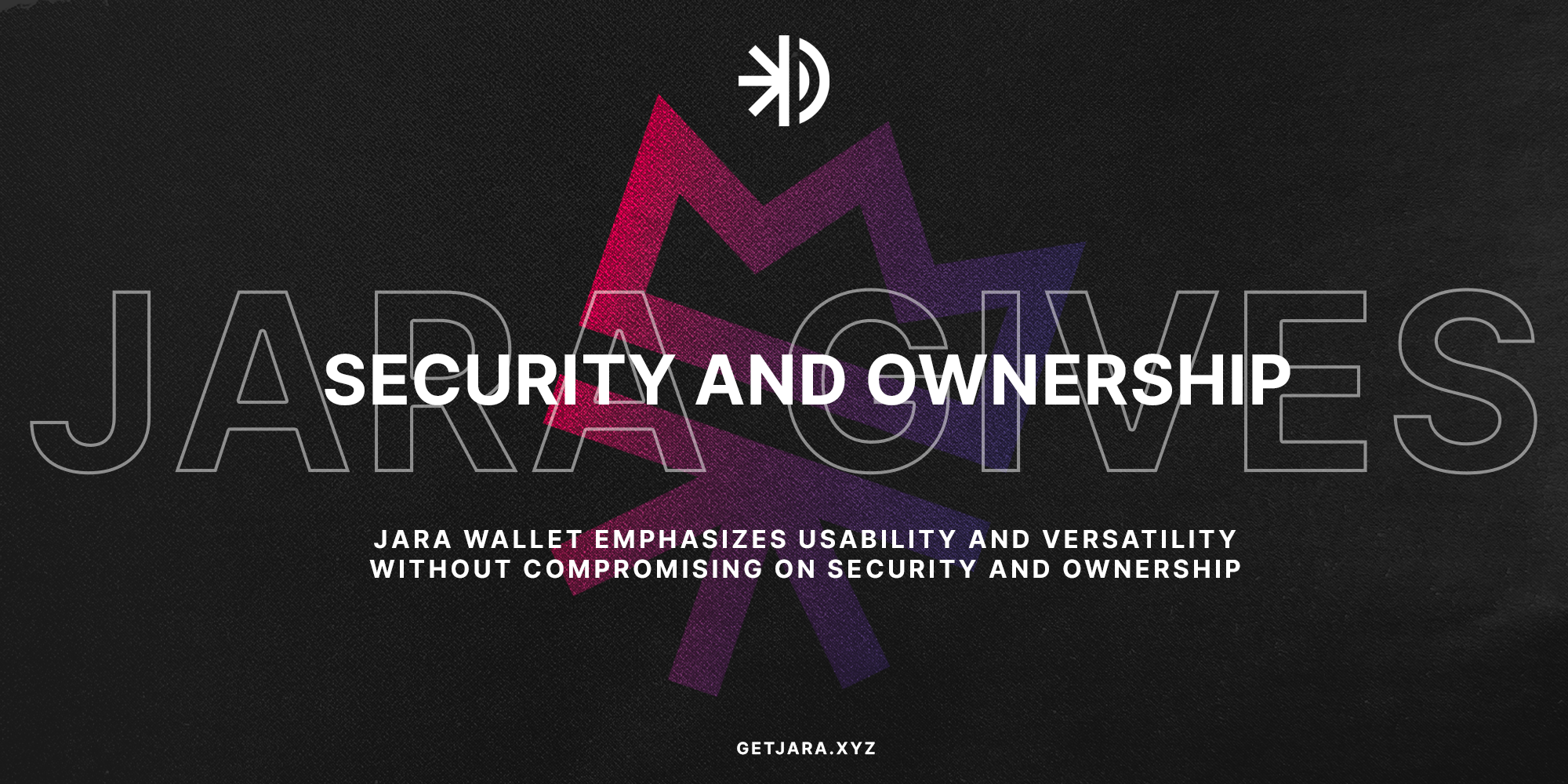
Enhancing Transparency and Security through Blockchain
Blockchain technology plays a crucial role in ensuring transparency and security in the tokenization of Real-World Assets (RWAs). What makes blockchain stand out? Each transaction and every shift in ownership details are precisely recorded on a public ledger, making them accessible to all permitted stakeholders. This open ledger system significantly reduces disputes and boosts investor confidence, ensuring that asset holding and trading are as straightforward as possible. But you might wonder, how exactly does it work?
The Role of Blockchain Security
Once asset information is entered on a blockchain, it remains unchanged, thanks to its immutable nature. This immutability drastically minimizes the risk of fraud and provides a trusted and secure record of every transaction. Trust in the system is enhanced due to this secure framework, offering robust protection for investments.
How does Blockchain enhance security in tokenization? Blockchain’s power lies in its unchangeable records, ensuring secure and trusted documentation of all asset transactions and ownerships.
This security feature of blockchain proves indispensable as it provides a transparent solution against fraud, influencing how tokenization can reduce fraud in asset transactions. The decentralized nature of blockchain maintains these records and prevents unauthorized changes, safeguarding every token holder’s interests.
In regions like Africa, where financial systems are evolving, such measures can revolutionize market dynamics by offering a more equitable platform. The introduction of tokenized RWAs is impacting financial inclusion in emerging markets, bringing unprecedented trust and ease to investment processes.
Moreover, the security embedded in blockchain technology ensures that stakeholders, ranging from individual investors to large institutions, can confidently engage in transactions without fearing fraud. This shared trust facilitates a seamless investment environment, particularly vital for growing markets.
Investors globally can now rely on these robust security systems to manage their investment portfolios securely and transparently, leveling the playing field for everyone. Seeing an immense potential for a transformative future, integrating such trustworthy technologies reflects a promising trend in the world of finance.
Stay informed about infrastructure milestones like the upcoming trends in RWA tokenization to leverage the full potential of secure transactions in the digital age.
Driving Cost Efficiency and Decentralization
The traditional process of managing assets often involves numerous intermediaries and layers of administrative expenses. This can significantly drive up costs and create inefficiencies. With the advent of tokenization, these challenges are rapidly being addressed. Tokenization refers to the process of converting asset ownership rights into a digital token on the blockchain, leading to a more streamlined and cost-effective method of asset management.
Real-world asset tokenization reduces the reliance on intermediaries such as brokers and financial institutions. By eliminating these middlemen, transactions become quicker and less costly. One of the most significant benefits here is the use of smart contracts. These are self-executing contracts with the terms directly written into code, which automate the transfer of assets and ensure that all parties adhere to the agreed conditions.
Smart contracts significantly reduce transaction costs by automating processes and removing the need for intermediaries in asset transfers.
Imagine a world where you no longer need to wait days for a broker to execute a trade on your behalf or to complete a property transaction. Smart contracts execute these tasks instantly once predefined conditions are met. This technology not only cuts down the processing time but also drastically reduces the fees traditionally associated with such transactions.
Decentralization: A New Era of Asset Management
The decentralization afforded by tokenization heralds a new era in asset management. This shift away from centralized control towards a distributed, inclusive system is reshaping the way assets are owned and managed. Tokenization democratizes asset ownership by allowing individuals to own fractional shares of high-value assets. This feature makes investment opportunities accessible to a wider audience.
Decentralization ensures that ownership and control of assets are more equally distributed among participants, fostering a system where every individual has a stake. This transformation is a cornerstone of creating a more inclusive and democratic financial ecosystem. By moving away from centralized authorities, individuals have more control over their assets, and the financial power is shared among many rather than concentrated in the hands of a few.
Decentralization allows for a fair redistribution of financial power and asset control, fostering inclusivity and democratization in finance.
For instance, tokenization of real estate through decentralization allows small investors to participate in markets that were once reserved for the wealthy. By enabling the division of a property into digital shares, more people can invest in and benefit from the appreciation of property markets worldwide.
This decentralization has profound implications, particularly in markets like Africa, where traditional financial systems may not always be accessible. Platforms like Jara are paving the way for greater financial inclusion by offering a decentralized model that allows participants from across the globe to invest in African assets. They utilize Jara’s technology to tokenize infrastructure projects such as the Lagos airport, inviting global capital into local opportunities.
Through the Jara ecosystem, participants gain various benefits from the <$JARA> token utility, including transactional efficiency, platform governance, and exclusive content access. This ecosystem exemplifies how decentralization not only reduces costs but also empowers a broader range of investors by bridging the gap between traditional finance and new digital opportunities.
Future trends in tokenization promise further cost reductions and enhanced decentralization, making the financial ecosystem more equitable and accessible.
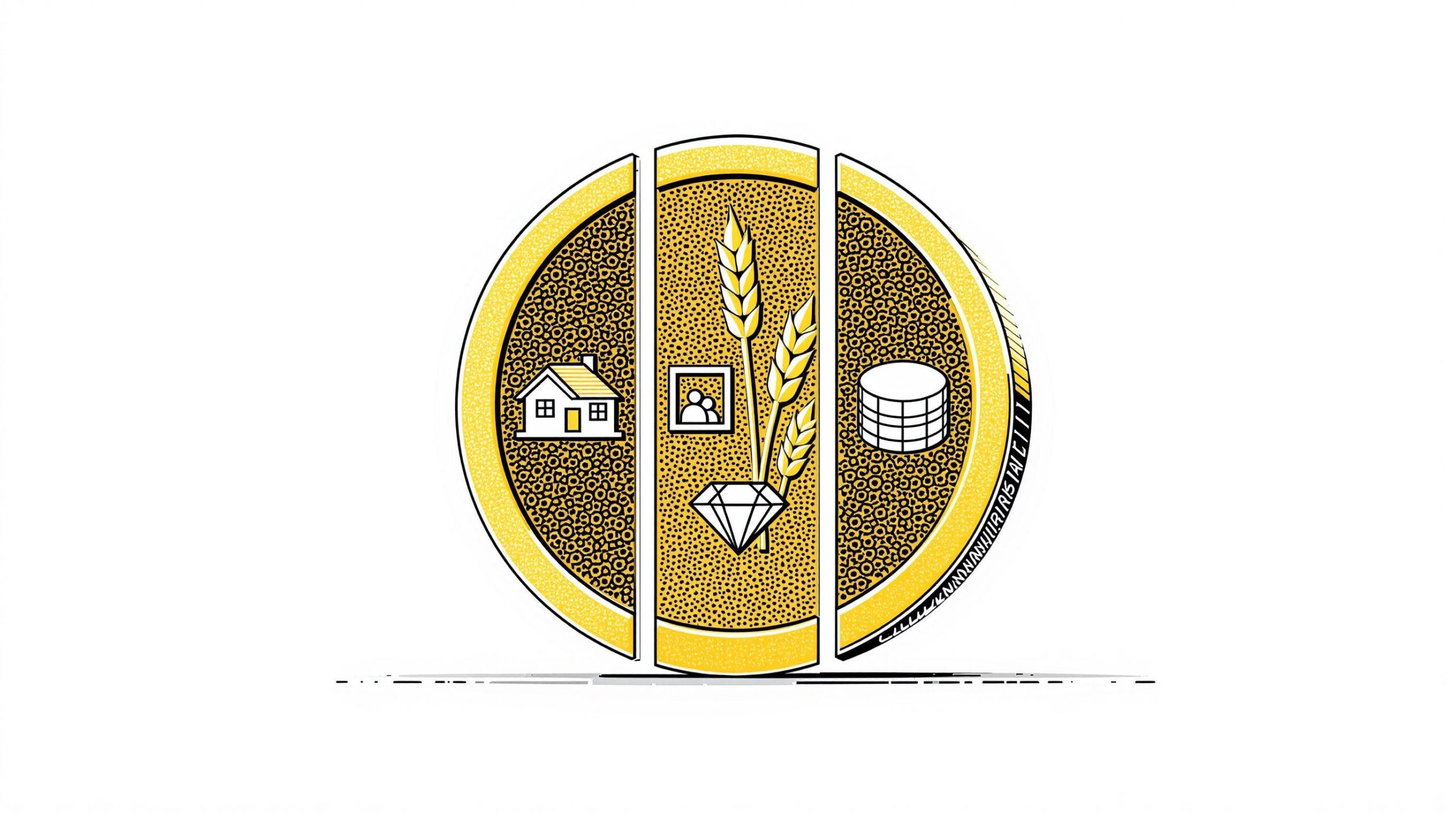
How does the tokenization of RWAs improve financial inclusion?
Tokenizing Real-World Assets (RWAs) significantly enhances financial inclusion by allowing a broader spectrum of investors to participate in markets previously available only to wealthy individuals or institutional investors. The fractional ownership facilitated by tokenization reduces entry barriers, enabling more people to invest with smaller amounts of capital.
- Fractional Ownership: Investors can buy smaller portions of assets, making high-value investments more accessible.
- Democratized Access: Tokenization opens markets to individuals from different economic backgrounds.
- Diverse Portfolios: Investors have more opportunities to diversify their investments across various asset classes.
What role does blockchain play in securing tokenized assets?
Blockchain ensures the security of tokenized assets by recording all transactions on an immutable public ledger accessible to all stakeholders.
Utilizing blockchain technology in tokenization processes greatly enhances security through a decentralized and tamper-proof system. This system mitigates risks of fraud and unauthorized alterations by documenting every transaction and asset change immutably.
How does tokenization reduce costs in asset management?
Tokenization streamlines asset management by lowering costs associated with traditional financial systems. This is achieved through:
- Automated Smart Contracts: These eliminate the need for intermediaries, reducing administrative expenses.
- Reduced Processing Time: Transactions are completed faster and more efficiently, cutting down operational costs.
- Decreased Overheads: Digital assets require fewer resources to manage compared to their physical counterparts.
What are the potential challenges of tokenizing Real-World Assets?
Despite the benefits, tokenizing RWAs can present challenges:
- Regulatory Compliance: Navigating diverse regulatory landscapes is essential but often complex.
- Technical Barriers: Implementing advanced blockchain technology can require significant technical expertise and resources.
- Market Acceptance: Gaining trust and building a user base in decentralized finance environments may take time and effort.
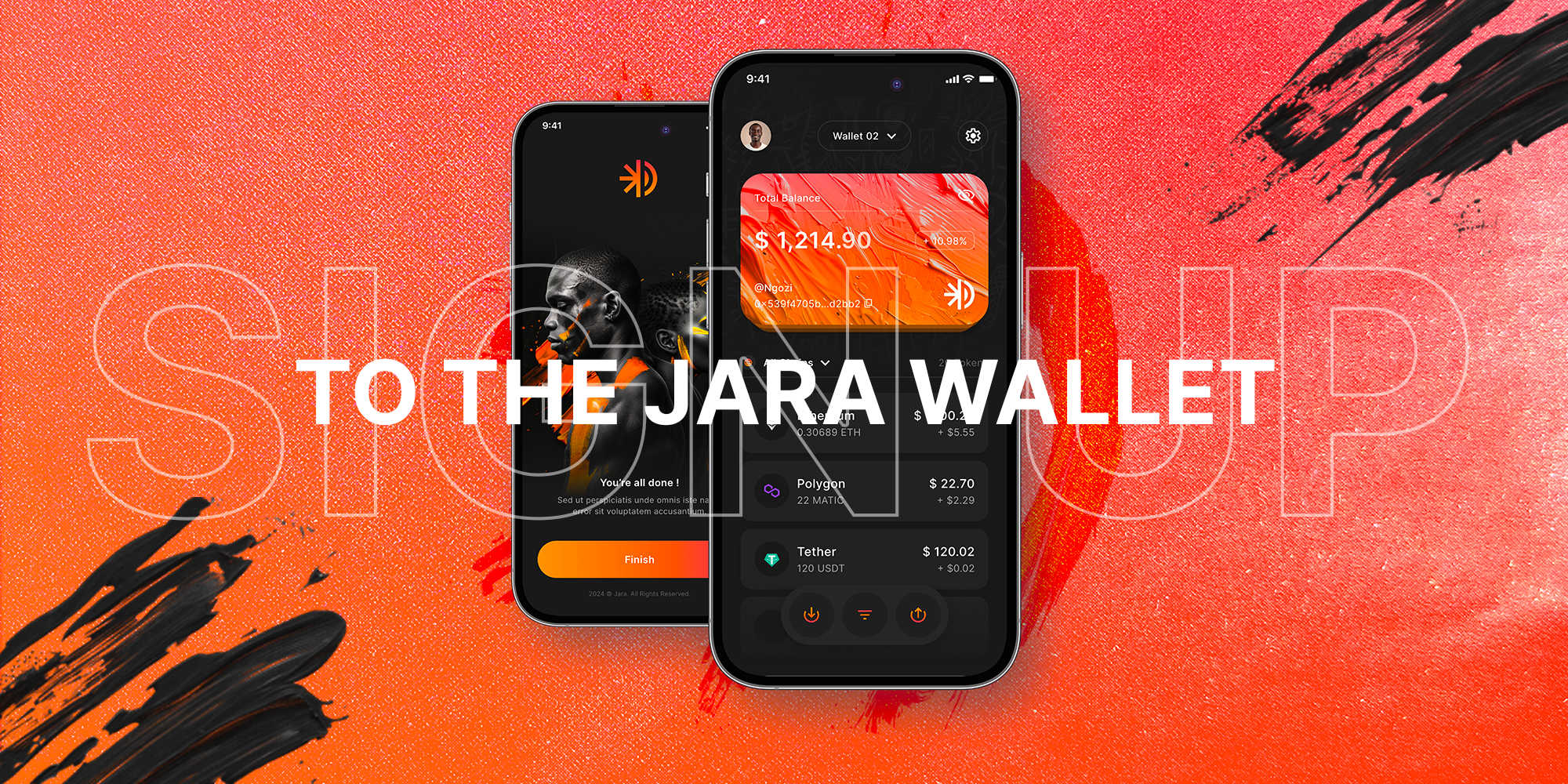
Further Reading
Explore these articles for more insights into the exciting world of tokenization and real-world assets:
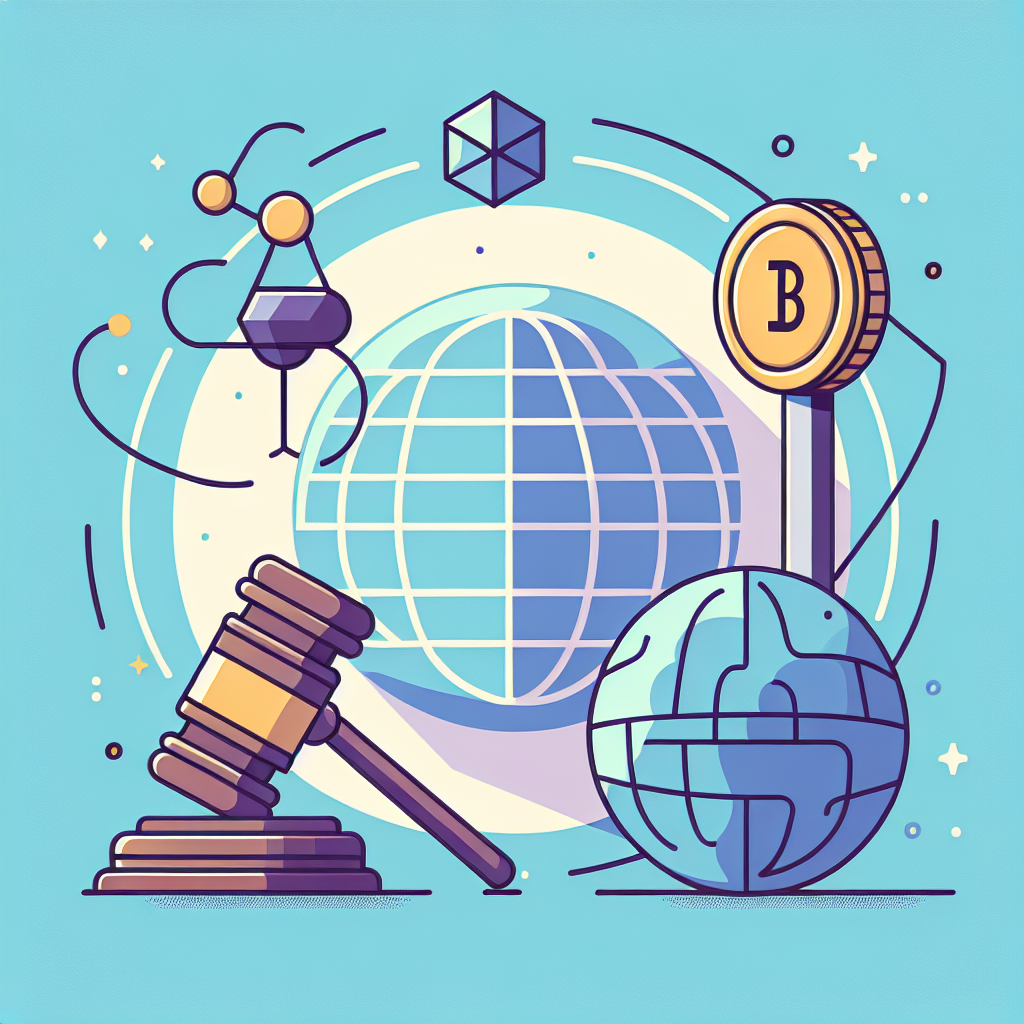
Ready to Unlock the Future of Asset Tokenization with Jara?
Are you excited by the top benefits of tokenizing real-world assets? At Jara, we bridge global capital to African assets with innovation and trust. Experience the power of asset tokenization right at your fingertips!
- Download the Jara Wallet App: Get started on your journey by downloading our wallet app. Available on Android and iPhone.
- Join Our Community: Stay connected and informed by following us on social media. Discover the latest updates, insights, and success stories.
“$JARA: Bridging Global Capital to African Assets” – Join us in shaping the future!
What is Personal Injury Law?
Personal injury law deals with cases where an individual has been injured due to the negligence or wrongful actions of another party. Such injuries can arise from various incidents like car accidents, slip and falls, or medical malpractice.
A crucial point: If you’ve been injured due to someone else’s negligence, you may be entitled to compensation.
Types of Personal Injury Cases
- Car Accidents: Involving negligence from another driver leading to an accident.
- Slip and Falls: Occur when a property owner’s negligence results in unsafe conditions.
- Medical Malpractice: When a healthcare provider’s improper care causes harm.
Steps to Take After a Personal Injury
- Seek Medical Attention: Your health should always be your top priority.
- Document Everything: Collect evidence, take photos, and keep records of all communications.
- Consult with a Lawyer: Contact a personal injury attorney to evaluate your case and guide you through the process.
“Your Voice, Our Mission” – We champion your rights with the tenacity and dedication that has earned us the trust of our community members.
Why Hire a Personal Injury Lawyer?
An experienced personal injury lawyer can help you navigate the complex legal system, negotiate with insurance companies, and ensure that you receive the compensation you deserve. They will handle the intricacies of your case, allowing you to focus on recovery.
Frequently Asked Questions
Do I have a valid personal injury claim?
To have a valid claim, you need to demonstrate that another party’s negligence caused your injury and resulted in damages. Consulting an attorney can help assess the viability of your case.
How long do I have to file a lawsuit?
The statute of limitations for personal injury claims varies by state, often ranging from 1 to 3 years. It’s important to act swiftly to preserve your rights.
